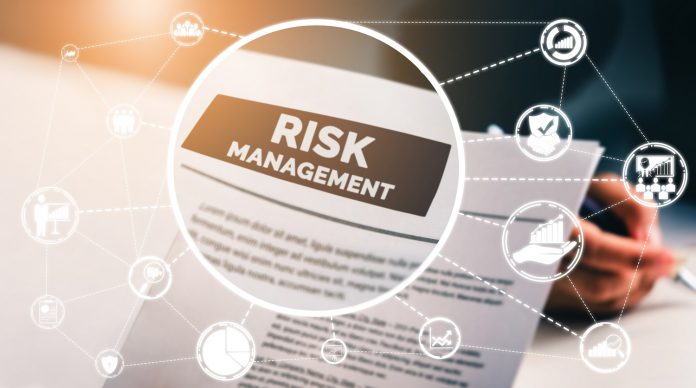Financial risks are part of daily life. Every financial transaction involves some amount of risk. In the case of businesses and large corporations, financial risks play a very critical role since every decision can lead to an undesirable or unpredictable outcome. Businesses run the risk of losing significant amounts of capital, especially while making investing in other companies. Luckily, it is possible to manage risks to an extent. Here’s everything you need to learn about the financial risk management process:
What is financial risk management?
In simple terms, it is defined as identifying and managing the risks involved in a financial decision. Risk management is important to insulate yourself against significant damage you may incur because of a wrong financial decision. Compare it to installing fire alarms in your house. You may not want your house to catch fire, but installing the alarms can warn you as soon as there is a fire so you can safely escape.
Here are the components of financial risk:
Interest rate: In simple words, this represents the cost of undertaking any financial transaction. The higher the interest rate, the higher the price.
Cash flow: This is an integral component of doing business. Cash flows determine whether businesses can honor their external payment obligations. It also represents the profitability of business decisions.
Credit: this represents the quantum of loans a business can borrow. Lenders base their decision on reviewing the financial history of a company. It is very easy to become over-leveraged by borrowing too much money, posing a huge risk to the bottom line. That’s why businesses need to be careful about their repayment abilities before borrowing recklessly.
What are the steps involved in financial risk management?
There are five steps involved, namely:
Identifying the risk
The first step is to know what are the potential risks of your decision. This involves identifying the various ways in which your business may be negatively impacted. Since there is uncertainty about how a potential decision may play out in the future, you must analyze the current financial situation and look at the risk factors that increase the probability of a negative outcome. This includes going over your cash flow and income statement to observe historical fluctuations and how it has impacted your business in the past.
You can classify the risks into various categories based on their type. For instance, some risks may affect you purely from a liquidity standpoint, whereas others may be a credit risk. A credit risk signals the possibility of losing money because the other party to a contract fails to perform as agreed. So if you deliver the goods as promised but do not receive payments from your purchaser, you carry a credit risk. On the other hand, you may encounter a liquidity risk when something poses a hindrance to your fundraising efforts.
Assessing the risk and quantifying it
While every risk is an important factor to consider, not all risks can be ranked similarly. Some are high-priority and should be dealt with immediately. At the same time, some that are less severe can be handled in a staggered manner.
Also, remember that it is usually impossible to quantify any risk with mathematical precision. While analysts use various tools and statistical models to conclude, there is always a chance that the predictions may not match up with reality.
The best way to assess the severity of a particular risk is by considering the probability of it occurring, its impact, and the less you expect from such a risk. Viewing every potential risk from this lens can reduce the uncertainty about them to an extent.
Defining strategies to manage the risk
The severity of the risk determines what is the best way to handle it. An extremely high risk would require complete avoidance, whereas it is possible to mitigate the impact of other risk factors.
Working out the game plan to handle the risks cannot be a one-size-fits-all solution. You would need to assess each risk separately and decide what’s the appropriate way to manage it so that it doesn’t impact you greatly.
Implementing a risk management strategy
Formulating a risk management strategy is merely the tip of the iceberg. You still need to implement it effectively to make a real difference to your interests. The process of implementation should take into account the severity of the risks, as the same solutions may not be useful for the various types of risks faced. It can be also helpful to examine how others have dealt with similar risks in the past and if the strategies implemented by them have been useful.
Monitoring the effectiveness of the risk management strategy
Risk management cannot have a one-and-done approach. You need to monitor the risks continuously and also evaluate whether they are being managed as per expectations. Luckily, there are various technological tools available that can simplify the process for you, making it easier to keep a close eye on how risks play out in the future and what tweaks you need to make in the risk management process. After all, risks are moving targets, and failure to keep tabs can often result in catastrophic failure.
Conclusion
Formulating and implementing a risk management framework can set up your business for success and make you respond appropriately when faced with risks. As they say, prevention is better than cure.




